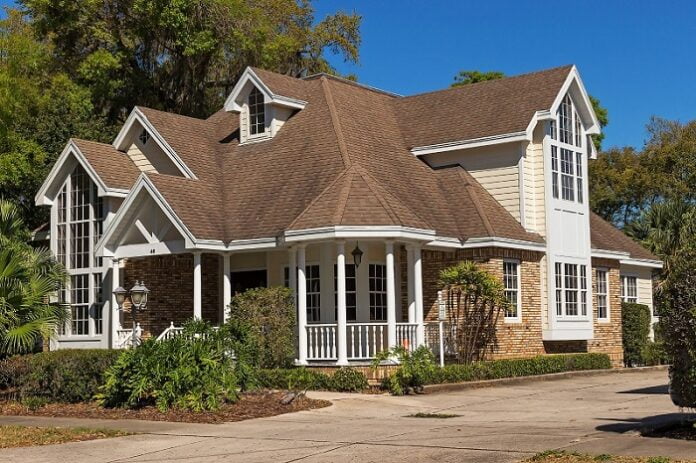Few parts of a property are more important than the roof. It shields the building beneath from rain, snow, wind, and sun while standing out as one of the defining features of many homes.
Roofs play a key role in thermal insulation, maintaining temperature levels in the property by helping to prevent energy loss. Advancements in this area have become the subject of great interest in construction settings considering the UK government’s green building targets.
With all this in mind, what advancements have been made in roofing methods and technology?
Roofing Insulation
Roof insulation has developed significantly to meet the demand for energy efficiency in new build homes. As one of the main points of heat loss in a property, roofs are prime areas to target with insulation.
Modern materials such as glass wool and cellulose fiber have significantly increased the effectiveness of insulation because they can be installed with much greater precision and ease. Loose-fill (also referred to as blown-in) insulation can fill gaps in the roof space much more effectively because it’s not a solid block.
Improved roofing insulation is helping homeowners to reduce their energy consumption and bills while being safer and more convenient for builders to install.
Green Roofing
A method that is becoming increasingly popular with sustainably-minded homeowners and developers is green roofing. This attempts to reduce the environmental impact of the building overall and cleverly utilises the roof space for sustainable means.
Where the footprint of a building would usually destroy any greenery and ecology, a green roof allows that to continue on top of the house. This has many benefits including increased heat absorption and insulation, CO2 absorption, and improved water management.
Green roofs are low maintenance and can certainly improve the aesthetics of the property too.
Fire-Resistant Materials
The materials and methods used in roofing have come a significant way to provide a greater level of fire protection. This includes designs including compartmentation to restrict fire spreading in a loft space.
The industry is seeing a return to more traditional materials such as slate and clay for shingles, complementing all the benefits of modern insulation and joinery beneath. These materials are naturally fire-resistant and can prevent fires from spreading to other buildings.
Solar Shingle Roofs
One of the most useful advancements in roofing technology is solar roofing. While solar panels are common in many houses, solar shingles are pretty much a new invention in the roofing industry. Manufacturers combine solar panels with roofing materials to create solar shingles. With the help of these small Compact panels, you can take the advantage of solar without adding weight to your roof. However, before you decide to get a roof of solar shingles, ask your roofing contractor whether he has sufficient experience in building solar shingles roofs.
These are a few of the ways that roofing methods and technology have advanced to benefit builders, homeowners, and the environment. With the help of advanced roof technologies, the durability of the roofing materials has increased and homeowners can save the cost of electricity by installing solar roofs. Sustainability is a key driver for the roofing industry, as well as safety.





